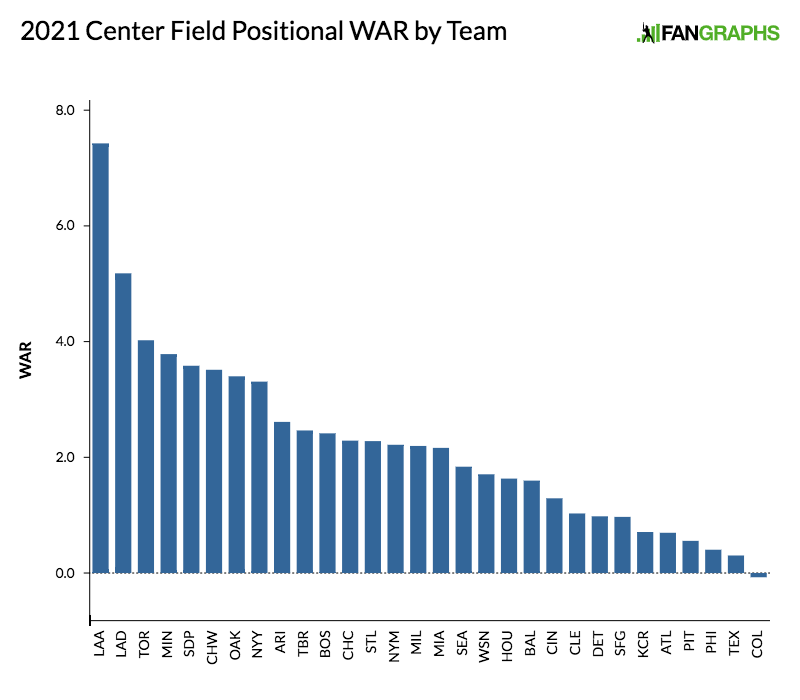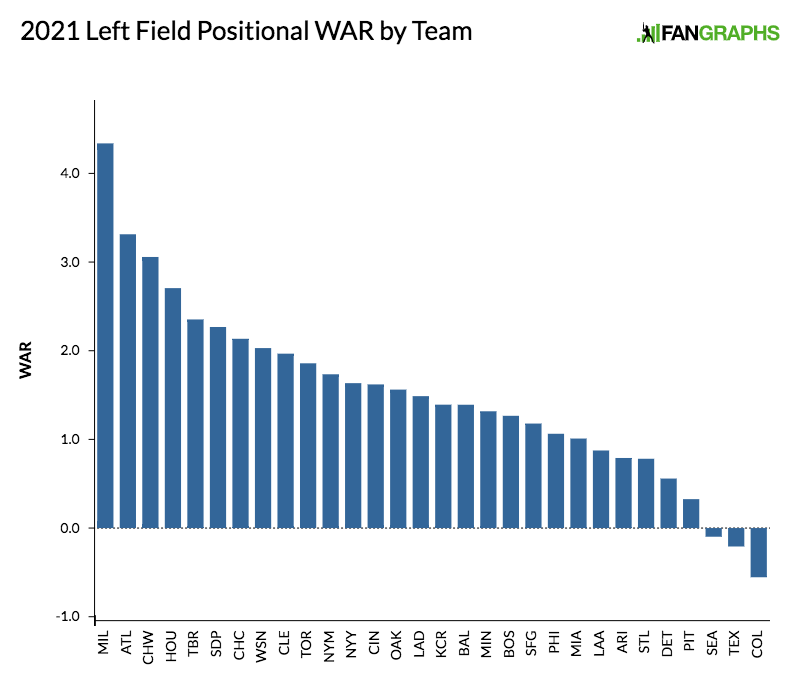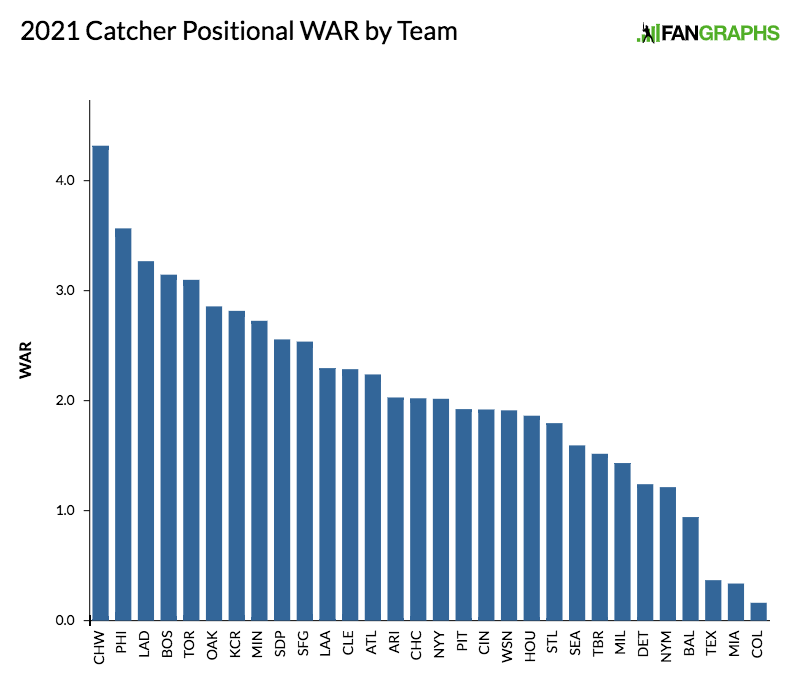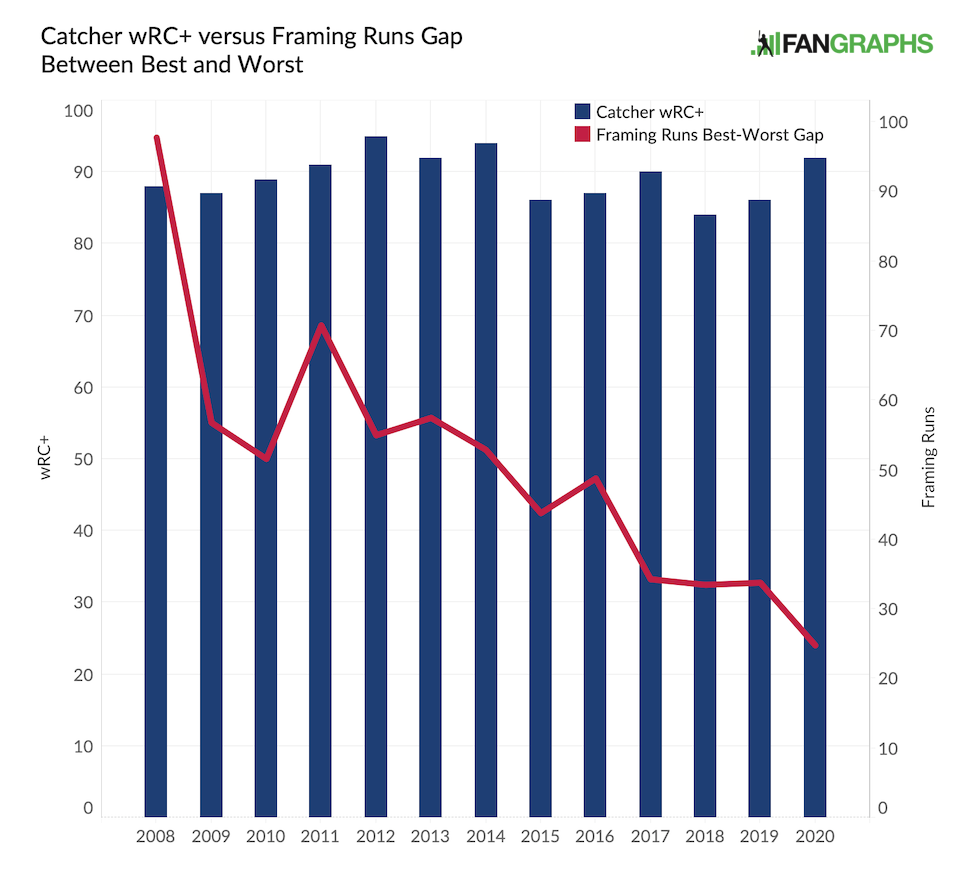2021 Positional Power Rankings: Center Field
This morning, Kevin Goldstein kicked off the outfield rankings in left. Now we shift our attention to center field, home to the game’s best player.

What a fun time for center fielders. We still have Trout, but there are only a couple of genuine stars after him. Instead, a changing of the guard is afoot. Luis Robert, Ramón Laureano, Trent Grisham, Kyle Lewis, Cristian Pache. All of those players could conceivably headline our list in future years, and we get to spend 2021 learning who will take the jump. At the same time, a handful of veterans have remained productive into their 30s, headlined by Aaron Hicks, Starling Marte, and Lorenzo Cain. There are a ton of plausible All-Stars here and quite a few players who probably won’t be back for next year’s edition.
As you might expect, our rankings get very jumbled in the middle. Marte and Lewis rank 16th and 17th, for instance, and I wouldn’t have batted an eyelash if they were 10 spots higher. These are not anyone’s personal rankings, but rather a projection based on ZiPS, Steamer, and our playing time estimates. Go ahead and disagree with the list; you won’t be alone. Read the rest of this entry »

 Dan Szymborski
Dan Szymborski



